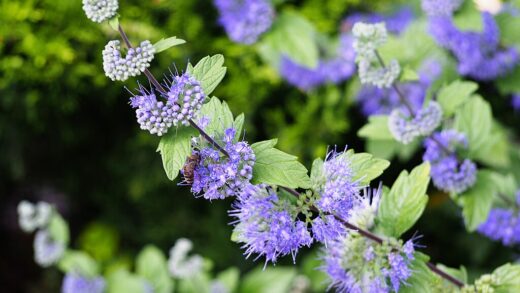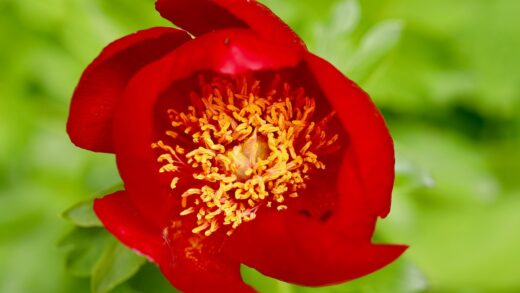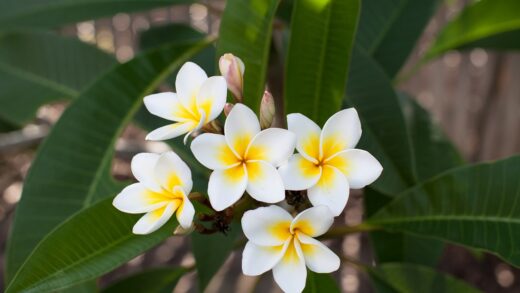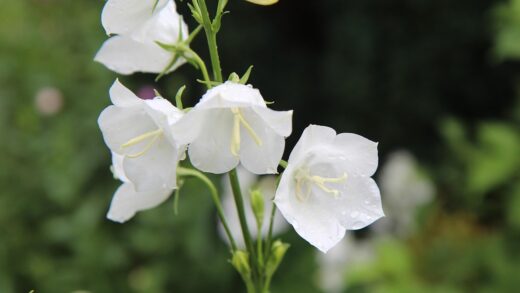The ZZ plant, or Zamioculcas zamiifolia, has long been a favorite in both homes and offices due to its remarkable resilience and minimal care requirements. Known for its glossy, dark green leaves and upright growth habit, this plant is an excellent choice for novice gardeners and those with busy lifestyles. Its ability to thrive in a wide range of conditions, from low light to brighter spots, makes it incredibly versatile. Beyond its aesthetic appeal, the ZZ plant is also prized for its air-purifying qualities, effectively removing toxins such as xylene, toluene, and benzene from the indoor environment. Its survivalist nature, rooted in its native African habitat, allows it to store water in its rhizomes, stems, and leaves, making it highly drought-tolerant and forgiving of occasional neglect.
Understanding its natural habitat
The native habitat of the ZZ plant is in the arid grasslands and forests of eastern Africa, a region characterized by long dry spells followed by periods of intense rainfall. This environmental context explains the plant’s unique physiological adaptations, particularly its thick, potato-like rhizomes located just beneath the soil surface. These rhizomes function as a critical water storage system, allowing the plant to sustain itself for weeks, or even months, without a drop of water. This evolutionary trait is the primary reason the ZZ plant is so difficult to kill through underwatering and why it is so susceptible to root rot from overwatering.
The plant’s fleshy, succulent-like leaves and stems are also adapted for water retention. The waxy coating on the leaves helps to minimize transpiration, or water loss through evaporation, further conserving moisture. This resilience is a key factor in its popularity as a houseplant, as it can endure the dry indoor air and inconsistent watering schedules common in many homes. The plant’s deep green color is a sign of high chlorophyll content, enabling it to photosynthesize effectively even in low-light conditions, which is another adaptation to its varied natural environment where light exposure can be inconsistent.
Light requirements and placement
Despite its reputation for tolerating low light, the ZZ plant will thrive and grow more vigorously in medium to bright, indirect light. Placing it near a north-facing window is ideal, as it will receive consistent, gentle light throughout the day without the risk of scorching. A few feet back from a south or west-facing window is also a great option, as this provides ample brightness without direct sun exposure. The goal is to mimic the dappled light it would receive on the forest floor in its natural habitat.
Direct sunlight, especially for prolonged periods, can be harmful to the ZZ plant. The intense rays can cause its leaves to yellow, burn, or develop brown, crispy spots. If you notice these signs, it’s a clear indication that the plant needs to be moved to a more shaded location. Conversely, if the plant is in very low light, its growth may become stunted or leggy, with long, weak stems reaching for a light source. While it will survive, it won’t be as full or healthy as it could be.
More articles on this topic
Watering and soil management
Proper watering is arguably the most critical aspect of ZZ plant care, and the cardinal rule is to err on the side of underwatering rather than overwatering. The plant’s rhizomes, which are its lifeline during dry periods, are also its Achilles’ heel when it comes to excessive moisture. A good watering schedule involves checking the soil moisture regularly. You should allow the soil to dry out completely between waterings, from the surface all the way down to the root zone. A good method is to use your finger and insert it a few inches into the soil. If it feels dry, it’s time to water.
When you do water, do so thoroughly. Saturate the soil until water drains out of the pot’s drainage holes. This ensures that the entire root system receives moisture. Afterwards, make sure to empty any excess water from the saucer to prevent the roots from sitting in standing water, which can quickly lead to root rot. Overwatering is the single most common cause of death for ZZ plants, so it’s a mistake worth avoiding at all costs. The use of a well-draining soil mix, such as a blend of potting soil, perlite, and sand, is also crucial. This combination ensures proper aeration and prevents the soil from becoming waterlogged.
Fertilizing and pruning
The ZZ plant is not a heavy feeder and does not require frequent fertilization. A general-purpose liquid houseplant fertilizer, diluted to half strength, can be applied once or twice during the growing season, which typically runs from spring through early fall. Over-fertilizing can lead to a buildup of salts in the soil, which can burn the plant’s roots and cause leaf damage. It’s better to under-fertilize than to over-fertilize this plant.
Pruning a ZZ plant is rarely necessary, as it has a naturally neat and upright growth habit. However, you might choose to prune for aesthetic reasons or to remove any damaged or yellowing leaves. Use clean, sharp scissors or pruning shears to make a clean cut at the base of the stem. This will help prevent disease and promote a tidy appearance. It is important to wear gloves when handling the plant, as all parts of the Zamioculcas zamiifolia contain calcium oxalate crystals, which can cause skin irritation.
More articles on this topic
Troubleshooting common issues
Yellowing leaves on a ZZ plant are most often a sign of overwatering. If you notice the leaves are turning yellow, especially at the base of the plant, it is a strong indication that the roots are sitting in too much moisture. The first step is to stop watering immediately and let the soil dry out completely. If the problem persists, you may need to repot the plant in fresh, dry soil and check for any signs of root rot, which will appear as soft, mushy, or dark roots. Another common issue is brown, crispy tips or spots on the leaves, which are typically caused by direct sunlight or low humidity.
Pests are not a common problem for ZZ plants, as their waxy leaves are naturally resistant to many insects. However, mealybugs or spider mites can occasionally appear, especially on plants that are stressed or in less-than-ideal conditions. These pests can be identified by their small size and the webbing or cottony masses they leave behind. If you spot any, wipe them off with a cotton swab dipped in rubbing alcohol or use a gentle insecticidal soap. A healthy, well-cared-for plant is much less likely to be bothered by pests.
Propagation methods
Propagating a ZZ plant can be a rewarding experience, and there are several effective methods. The most common and reliable method is division. This involves gently separating the rhizomes and their attached stems when you are repotting the plant. Each section with a healthy rhizome and a few stems can be planted in its own pot with fresh soil. This method ensures that the new plant has a strong root system from the start.
Another popular method is leaf propagation. This process is much slower but can be very successful. Simply take a healthy leaf, making sure to include the petiole (the small stem connecting the leaf to the main stalk), and stick it into a pot of well-draining soil. Place the pot in a warm, bright location, and be patient. It can take several months for a new rhizome to form and for a new stem to emerge. The petiole will eventually rot away, but the newly formed rhizome will continue to grow, eventually producing a new plant. You must be careful to not overwater the soil during this time.


















